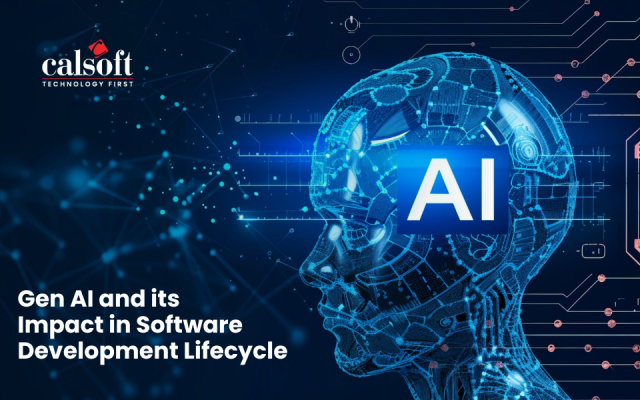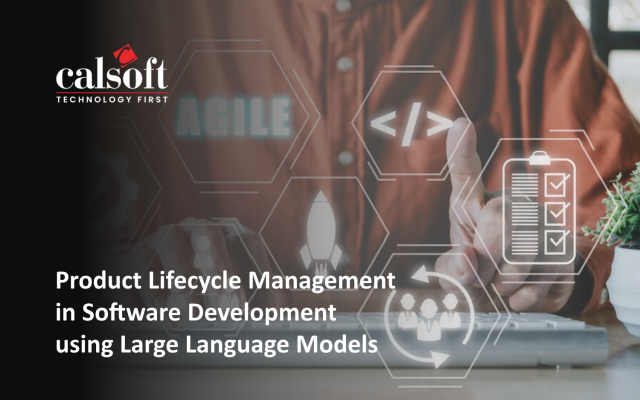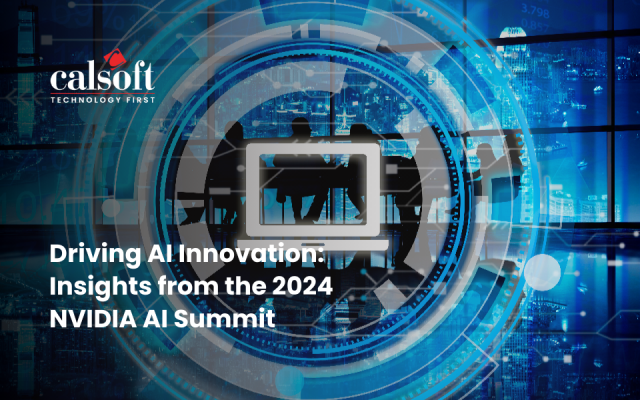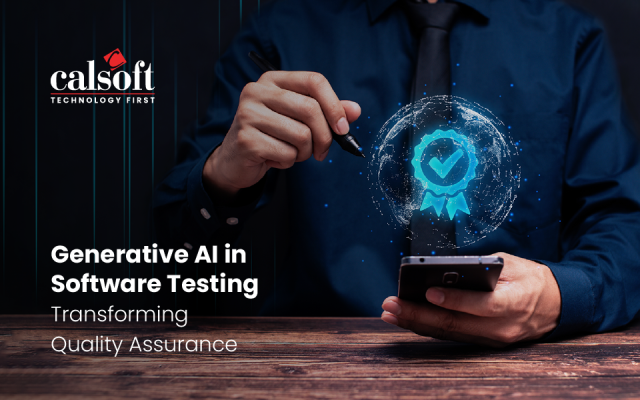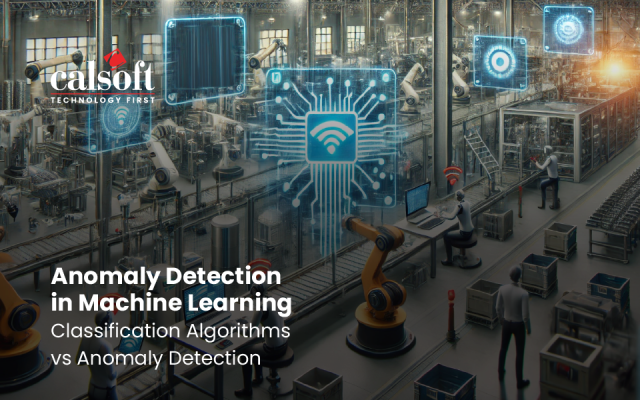The modern digital enterprise is leveraging AI to transform every aspect of the business: right from minimizing the load on humans to improving process accuracy and precision, automating repetitive tasks to reducing manual errors, enabling faster decisions to improving flexibility, availability, and more. Although the potential of AI in today’s fast-paced world is immense, it cannot generate results if the data it uses is not represented in the right way. Since AI models tend to resort to different approaches to work with the problem at hand, when data is represented visually, business users can also clearly understand relationships within high-dimensional datasets.
Let’s learn how data visualization can empower AI algorithms with the visuals required to better understand data and drive better business outcomes.
The realm of AI is getting increasingly bigger
From the time when AI was only limited to robotic arms and self-driven forklifts, the realm has expanded. Today, organizations across sectors and departments are making use of AI:
- To understand customers – their needs, wants, challenges, and grievances – and how they interact with the brand.
- To improve the experience, enterprises deliver to customers and ensure they match up to the expectations.
- To enhance the security posture of the business and take proactive and preventive measures against data breaches and cyberattacks.
- To leverage data analytics and understand what the audience thinks about the business and make decisions to improve reputation and loyalty.
- To ensure compliance with the relevant industry standards and governmental regulations.
- To deliver personalized and meaningful interactions with customers based on where they are located, what devices they use, and what their needs are.
Data Visualization plays a significant role in AI
For AI algorithms to deliver accurate results, they need to be fed with large data sets. However, just like it is difficult for humans to look at data presented in spreadsheets and determine important characteristics, it is tedious and time-consuming for AI algorithms to derive insights just by looking at the numbers. Segmenting data, overcoming the challenges of bias & outdated analytics methods are common bottlenecks that can slow the business growth. So do non-interactive visuals, weak pattern recognition software, and sub-standard data reporting tools.
Data visualization is a crucial step in the AI modeling process. This provides the context needed to develop the right models and correctly interpret the results. It is an indispensable part of the AI ecosystem that helps summarize the main characteristics of the data using visual methods. As the first step to data analysis, it presents data in easy-to-understand visual formats, so AI algorithms can know what the data is about – before embarking on the modeling task.
Data visualization also plays a critical role in helping AI developers evaluate how well the algorithm or model has performed. Since AI models often exhibit a range of different behaviors, data visualization makes it easy for them to understand the outcomes through visual representations. Developers can integrate multiple coordinated views to seamlessly interpret and explore complex and large-scale deep learning models and results as well as for pattern discovery and comparison.
Data visualization makes it easier for AI algorithms to:
- View data in visual formats that are more precise and accurate and easier to understand.
- Look for relationships between different variables as well as spot outliers, patterns, and trends in data.
- Uncover the underlying structure of data, test assumptions, and develop precise analysis models.
At the same time, AI software can use data visualization to:
- Query data, publish results in visual form, and enable humans to answer a specific question and/or get a feel for what a dataset might contain.
- Interpret human speech and visualize data by generating realistic images from textual descriptions.
- Generate text (or speech) from visual images or whiteboard drawings to automatically create a core or provide developers with high-level component specifications.
Drive business impact
As the realm of AI gets bigger, efforts to feed AI algorithms with better quality data are accelerating. Since AI models, just like humans, are better at interpreting visual data than just what’s hidden in numbers, the concept of data visualization holds immense significance in the AI world. From providing AI-driven recommendations to delivering smart visual analytics – data visualization and AI are now joined at the hip and can power organizations to drive exceptional business results.
Data, when presented visually, can not only help AI software understand the context of the problem at hand, but it can also help the model find correlations, spot anomalies, and identify trends and patterns. Simultaneously, AI systems can produce interesting and useful visual representations of data, making it easy for developers to understand business challenges, solve problems, improve process efficiency as well as build new products.
Further Reading: AI & Retail: What’s Lined Up for a Post-Pandemic World
Want to make stunning dashboards of your big data using AI?

